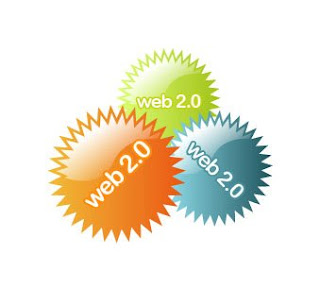 There are some good Web 2.0 applications and websites. Then there is WebAppeal. The web service is based on the principle of 'Software as a Service' (SaaS), which is rapidly gaining popularity. The uprise of innovative online applications makes traditional and expensive software unnecessary. Examples of successful web applications are video service YouTube and free music service Last.fm. To bring some structure and insight into these ever-growing technologies, http://www.appappeal.com/ informs consumers as comprehensively as possible about all the possibilities SaaS web applications have to offer.
There are some good Web 2.0 applications and websites. Then there is WebAppeal. The web service is based on the principle of 'Software as a Service' (SaaS), which is rapidly gaining popularity. The uprise of innovative online applications makes traditional and expensive software unnecessary. Examples of successful web applications are video service YouTube and free music service Last.fm. To bring some structure and insight into these ever-growing technologies, http://www.appappeal.com/ informs consumers as comprehensively as possible about all the possibilities SaaS web applications have to offer.Although we're in the age of Web 2.0, one of the main challenges remains information overload. Too much information does not necessarily mean knowledge. That's why I find AppAppeal to be a convincing website which provides insightful reviews of applications and indexes them according to utility. On this website, all applications are organized in categories such as "Blogging", "Personal Finance" and "Wiki Hosting". The website is still being developed. Soon, tools will be added to create an interactive community around web-based applications.
There are already Web 2.0 review sites such as Mashable, All Things Web 2.0, or Bob Stumpel's Everything 2.0. But WebAppeal goes one step further. It analyzes the advantages and disadvantages of particular applications, providing demo videos. I really like this website. It's a good complement to a project that Rex Turgano and I are collaborating on: Library Development Camp, which not only reviews Web 2.0 applications, but offers trial accounts for users to try out different applications. Together we make a great punch. Stay tuned. More to come. . .










